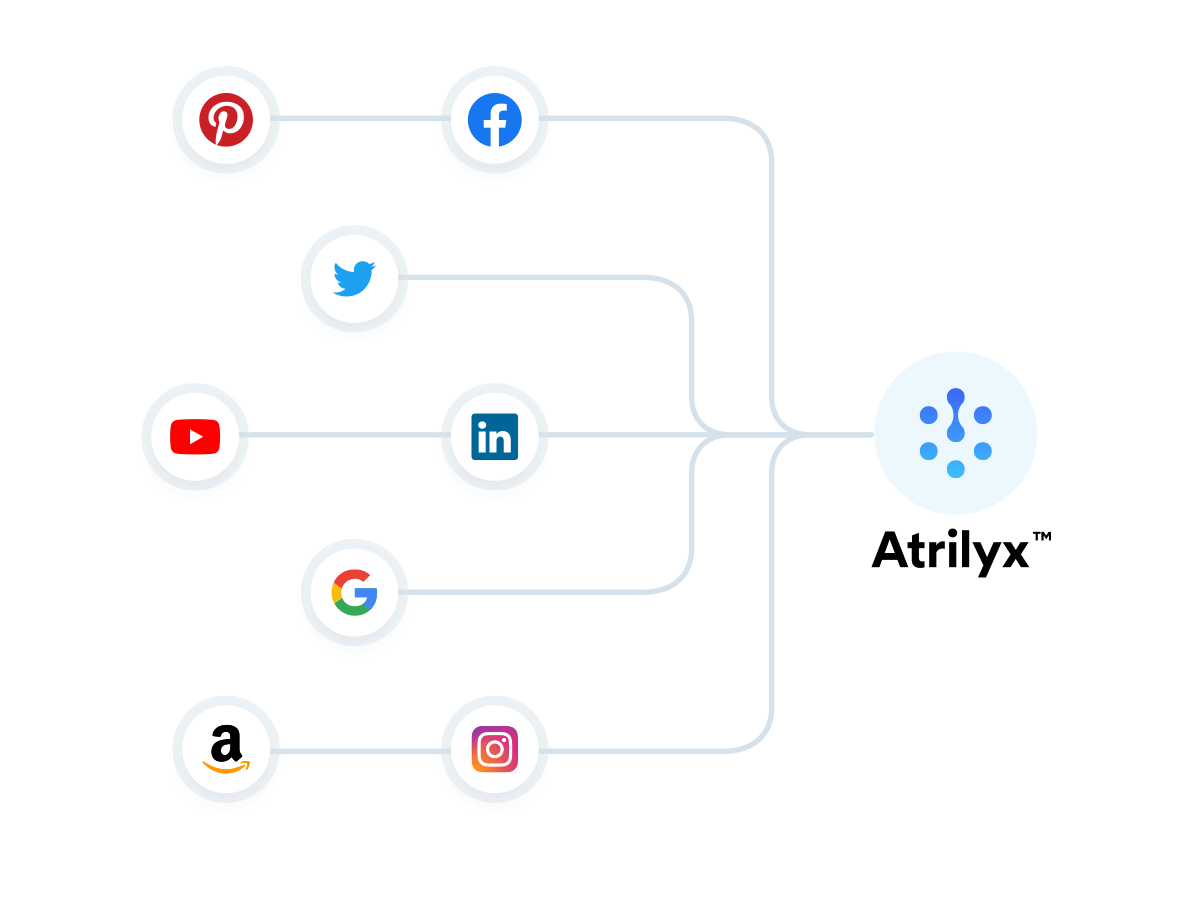If you’re still measuring sales attribution based on the last place your customer clicked before converting, you’re missing out on valuable information. Attribution has evolved, and in a brave, new, data-driven world, a multi-touch model can be the key to deeply understanding your customer and replicating sales.
Last-Click Vs. Multi-Touch Attribution
The difference between last-click attribution and the multi-touch model is evident in their descriptions. The former attributes sales directly to the last platform your customer interacted with before converting. The latter takes into account every touchpoint they interacted with along the way.
Last-click attribution is a bit like having the navigation system in your car directing you to a place without telling you when to turn left or right. When you use last-click attribution, you’re hoping to replicate an action your customer took without having any idea what turns they took to get there, where they paused, and what turned them in the wrong direction. Looking at it in this way, it makes complete sense that this evolution in attribution has occurred.
We now have the capability to deeply understand our customer’s journey. Why would we remain fixated on their endpoint? For higher price point purchases, in particular, understanding the journey is vital because a consumer will almost never make such a purchase without a relatively extensive journey of research. If you don’t understand how they do that, how can you hope to insert yourself into their purchasing path?
The Challenges
Multi-touch attribution is a major development in the digital marketing space, but it has its challenges. To get the true benefit out of multi-touch attribution, you need to be able to follow an individual’s journey.
Of course, those very important data privacy laws now prevent many pieces of identifying information from being tracked online. Thankfully, you don’t actually need to know who the user is in order to obtain valuable insights from their data. You just need to know their online identity. As such, a necessity in correct multi-touch attribution is having access to unique identifiers for users that are still PII (personal identifiable information) compliant.
Another acknowledgment to make is that no form of attribution is ever going to consist of 100% accurate information all the time. One cannot track users on private browsers, for instance, but because multi-touch attribution gives you more information than last-click attribution, the end result is typically going to be more accurate.
In direct comparison, I’ve found that platform-specific ad data isn’t always accurate. Why would one platform give credit to another? Of course, each platform is going to say that all the digital traction came from their platform, and there were no other steps in-between. So if we’re looking at a continuum of accuracy, multi-touch attribution strategies are usually going to come out at the top of the curve.
Getting Started With Multi-Touch Attribution
If you aren’t already transitioning toward a multi-touch attribution strategy, I suggest you start immediately. Last-click attribution is not the way of the future, and it’s not the best way to level up your business.



